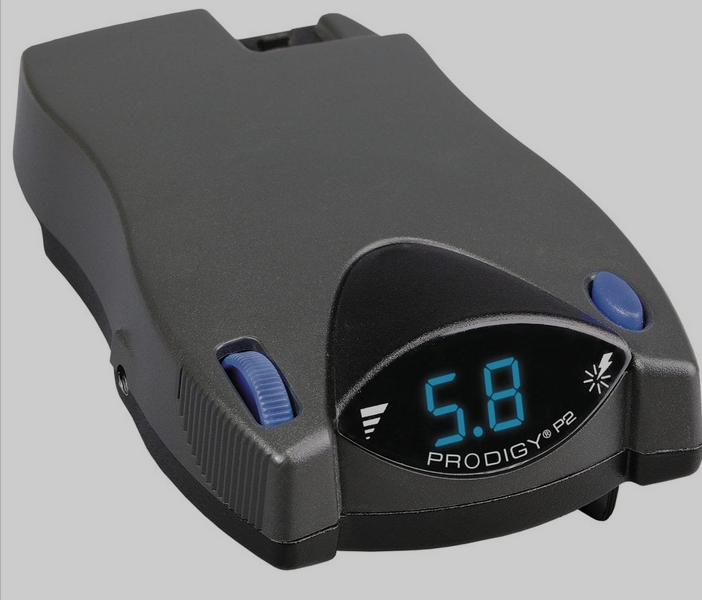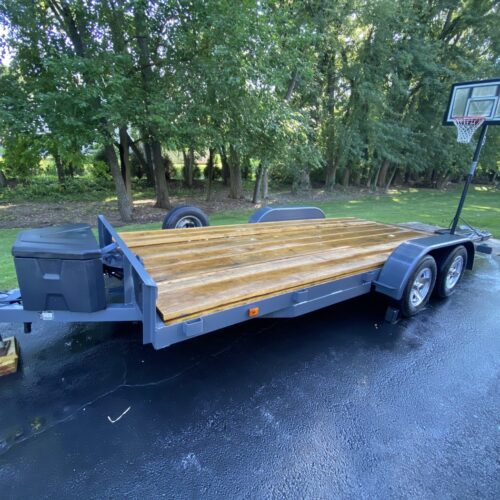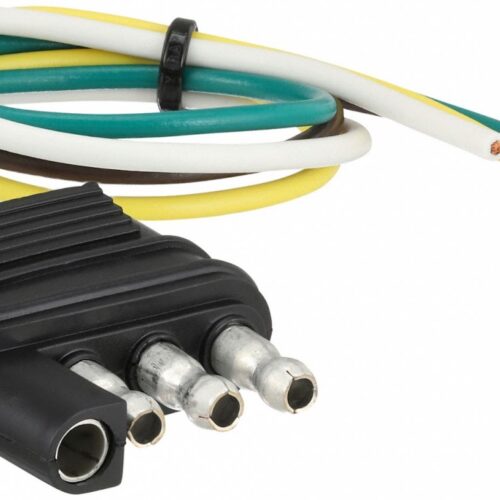When towing a trailer, safety is of paramount importance. One of the key components ensuring a safe towing experience is the brake controller. This device plays a crucial role in managing the braking system of your trailer, ensuring that both your vehicle and the trailer stop smoothly and safely. In this blog post, we’ll explore what brake controllers are, how they work, the different types available, and some tips for choosing the right one for your needs.
What is a Brake Controller?
A brake controller is an electronic device installed in the tow vehicle that controls the electric brakes of a trailer. When you apply the brakes in your towing vehicle, the brake controller sends a signal to the trailer’s braking system to slow down or stop. This helps synchronize the braking efforts of both the vehicle and the trailer, enhancing safety and stability.
How Do Brake Controllers Work?
Brake controllers work by detecting the braking signal from the tow vehicle and then applying a proportional amount of braking force to the trailer. There are two main types of brake controllers based on how they detect the braking signal:
- Time-Delayed Brake Controllers: These controllers activate the trailer brakes with a preset intensity and delay whenever the vehicle brakes are applied. The delay and braking force can be adjusted, but the braking force does not change in real-time based on the vehicle’s braking intensity.
- Proportional Brake Controllers: Also known as inertial brake controllers, these devices use an internal sensor to detect the deceleration of the towing vehicle. The trailer brakes are then applied in proportion to the vehicle’s braking force, ensuring a more balanced and smoother stop.
Types of Brake Controllers
1. Time-Delayed (Entry-Level):
- Pros: Easier to install, generally less expensive.
- Cons: Less smooth braking, requires manual adjustment to match the trailer load.
2. Proportional (Advanced):
- Pros: Provides smoother, more precise braking, adjusts braking force based on real-time deceleration.
- Cons: Typically more expensive, slightly more complex installation.
Choosing the Right Brake Controller
When selecting a brake controller, consider the following factors:
- Type of Trailer: The size and weight of your trailer will influence the type
- Towing Frequency: If you frequently tow heavy loads, investing in a proportional brake controller can provide better performance and safety.
- Budget: Time-delayed controllers are generally less expensive but may not offer the same level of smooth braking as proportional controllers.
- Installation and Ease of Use: Some brake controllers are easier to install and use than others. Consider your comfort level with installation and adjustments.
Installation Tips
Installing a brake controller typically involves connecting it to the tow vehicle’s battery, brake light switch, and the trailer brake wiring. It’s essential to follow the manufacturer’s instructions carefully and ensure all connections are secure. If you’re not comfortable with the installation process, it’s advisable to seek professional help.
Final Thoughts
Brake controllers are a crucial component for safe towing when your trailer is equipped with electric or electro-hydraulic brakes. By understanding how they work and choosing the right type for your needs, you can enhance your towing safety and experience. Whether you opt for a time-delayed or proportional brake controller, the key is to ensure it’s properly installed and adjusted to match your towing requirements.
Exciting things are coming in the future to Towlos, and we can’t wait to share them as they develop! Stay tuned for more updates and innovations in our quest to make towing safer and more efficient.




